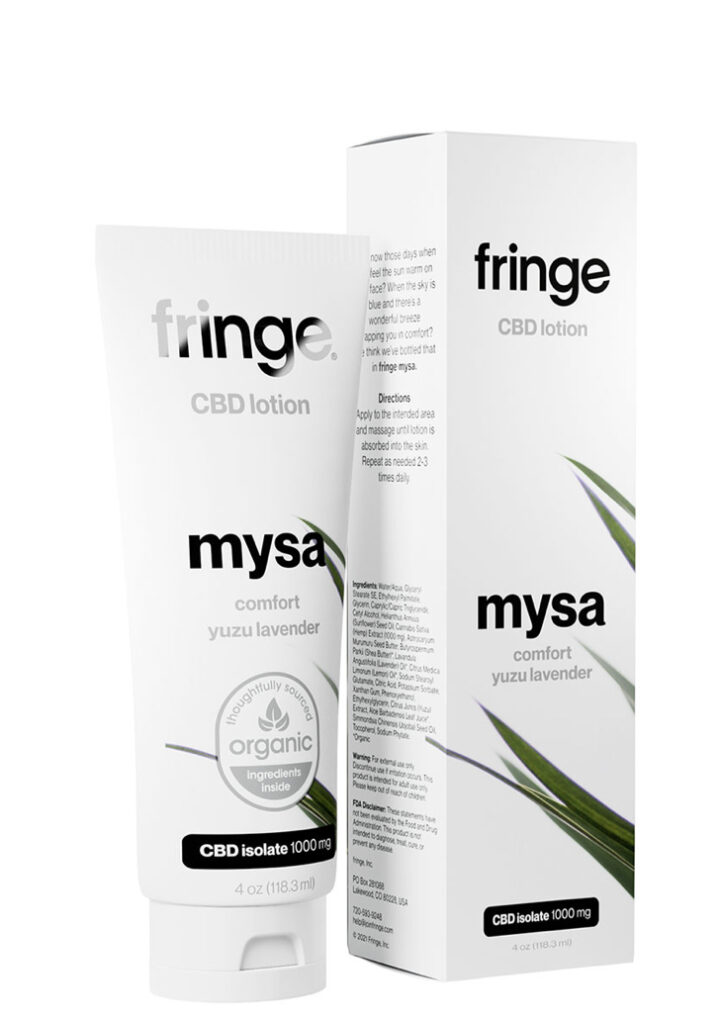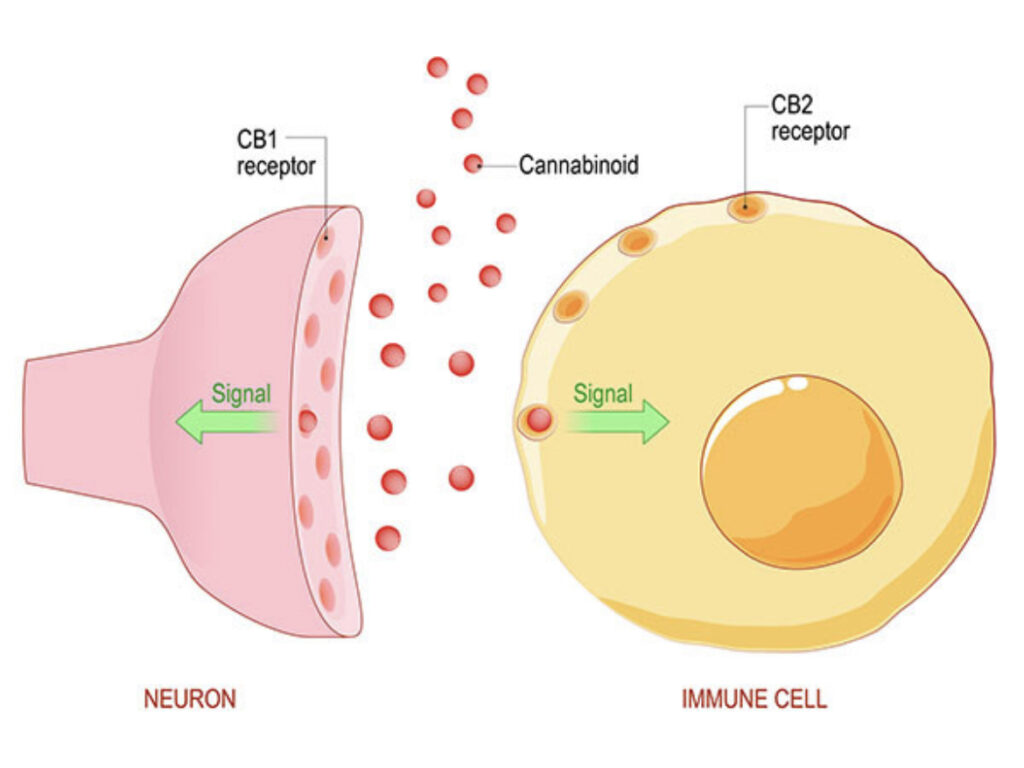Resources
Getting excited about CBD lotions, potions and more
Have you tried topical CBD yet? How about during a massage? You’ll be excited to know that here at Well Balanced Center for Integrative Care we now offer FRINGE CBD lotion as an add on during massage appointments. Read on to learn more about one of our new CBD products from FRINGE called, Mysa CBD Lotion with 1,000 mg pure CBD isolate. Meaning, there is no THC in this product and no, it won’t get you high.

Why are we raving about it?
Most of us have heard about CBD oils, tinctures, lotions and potions but I bet there are some things you didn’t know. For a CBD 101 over view you can follow this link through the FRINGE website. A trendy topic in the fields of chemical and biomedical research have been cannabinoids and endocannabinoids, with more than 1000 articles being published per year. What is especially exciting has been the method of local/transdermal administration, in this case lotion. When CBD isolate is applied locally to an area of acute or chronic pain it has been shown to alleviate pain and decrease inflammation for up too 45 min or longer. A recent study indicates that topical CBD application has a therapeutic potential for relief of arthritis pain and inflammation without evident side effects. For that next level of relaxation, we recommend it during a massage.
How does it work?
The purest and highly processed form of cannabidiol found from the cannabis sativa plant is CBD isolate. This process removes all plant matter (including THC), other than the end product, CBD. The two famous subtypes in the endocannabanoid system are CB1 and CB2. CB1 is mainly expressed in the nervous and immunological systems and CB2 is incorporated in cytokine release in immune cells. With the addition of a fat or oil the CBD molecule can be absorbed transdermaly into the surrounding area that it is applied and begins working right away.

An understanding of the endocannabanoid system (ECS)
According to a recent article, the ECS comprises a vast network of chemical signals and cellular receptors. These tiny receptors are densely packed throughout our brains and bodies. Did you know that we have what are called, cannabinoid receptors in our brains? These are classified as CB1 and they out number many other receptor types. They control the levels and activity of most of our other neurotransmitters. Through immediate feedback they regulate neurotansmitter activity.
CB1 and CB2 magic molecules
All of us have tiny CB1 and CB2 cannabis-like molecules floating around in our brains. Humans have been using the cannabis plant for about 5,000 years. The molecules in this plant essentially work their effect by mimicking these innate receptors. In short, the ECS is basically a communication system between cells and neurotransmitters. Not only is the ECS responsible for controlling a variety of body functions including sleep, appetite, memory and mood. The ECS also plays a key role in regulating pain and inflammation in the body. The molecules, CB1 and CB2 are major receptor sites of the ECS and are vital for proper functioning of this system. Once bound a signal sends the ECS into action. For example, CB2 receptor sites have agonist activity which is why cannabinoids assume an anti-inflammatory and pain relieving response.
Topical Vs Oral CBD
Want to know a fun fact about topical CBD products? When CBD is applied to the skin it is minimally absorbed into deeper tissues and therefore the blood stream, if any at all. While topical CBD produces local effects oral CBD does go into the bloodstream and provides global effects. Where topical CBD will help relieve the area where it is applied, oral ingestion will circulate through the body aiding in the treatment of conditions such as anxiety and neuropathic pain.
So, Should I try it?
Trying it out is up to you but topical and transdermal CBD isolate products have been shown to only improve pain and the stress that comes along with it. A pro tip is using it for post workout recovery, post injury, for arthritic painful joints or even menstrual cramps.
Written by Kileen Swenson LAc MAOM